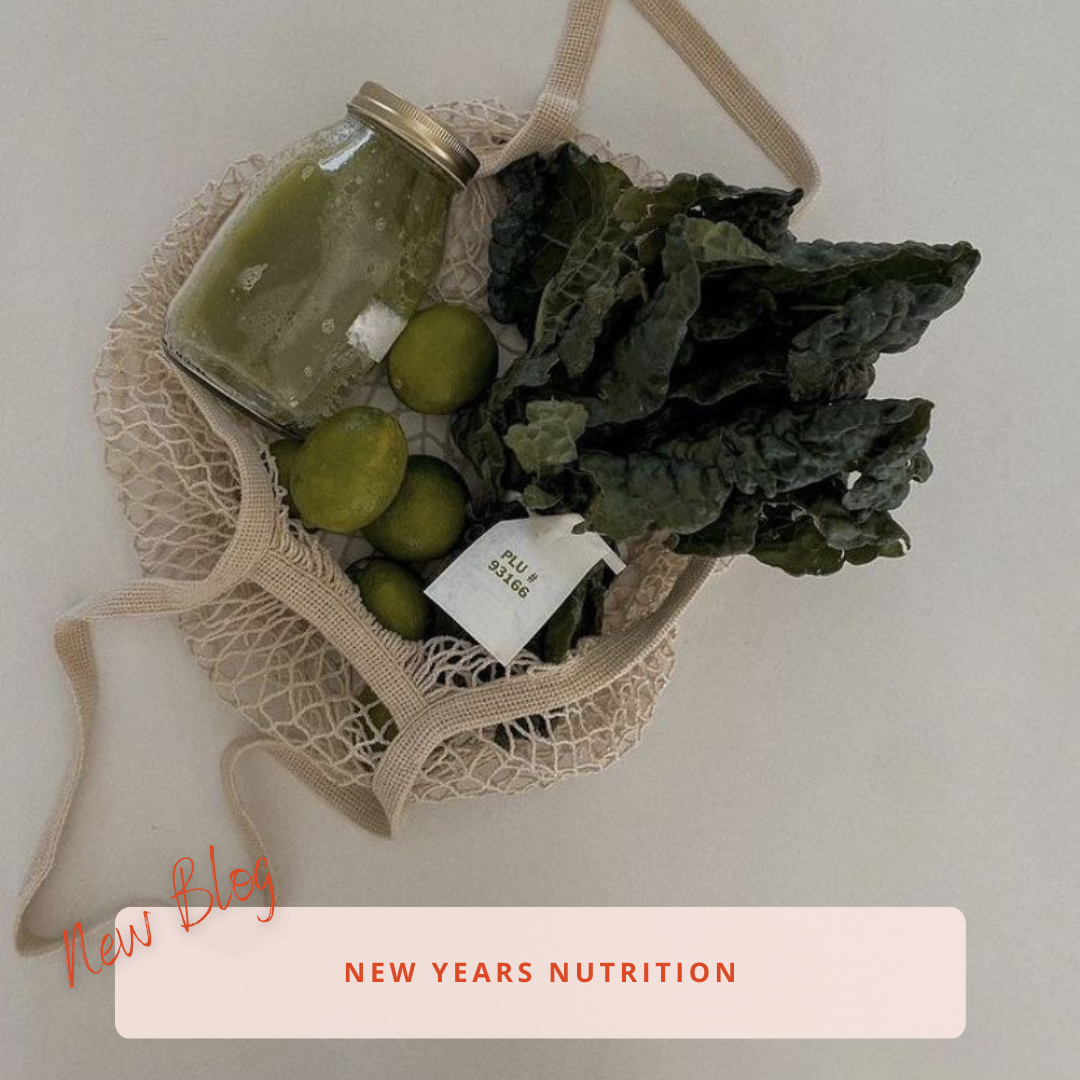
Tips for Getting Enough Protein on A Plant-Based Diet
Following a plant-based diet or considering going veggie? Whether you are following a plant-based diet, or cutting back on eating meat, your protein intake doesn’t have to suffer.
In fact, hitting your protein targets can still be achieved on a plant-based diet. Although plant-based proteins do not contain all the amino acids (protein building blocks) that are found in animal-based protein, it is still easy to include a variety of amino acids from plant sources to support your training.
As a rule of thumb, most of us should aim for 1.5g-2 of protein per kilogram of lean bodyweight. If you have specific requirements recommended by your nutritionist or healthcare practitioner, ensure you follow what is right for you.
Not sure how to fit more protein into your diet? Here are some top tips to reach your protein targets on a plant-based diet:
1) Include a variety of sources: Great plant-based sources of protein include tofu, tempeh, nuts, seeds, beans, legumes and some vegetables. The main difference between plant and animal based proteins is the amino acid content. Different plant-based foods vary in essential amino acids, whereas animal-based proteins are generally complete. In order to include as many amino acids as possible in your diet, make sure you incorporate different protein sources, as the content varies with each food.
2) Supplement with a quality protein powder: Choose a high quality protein powder supplement. Most plant-based protein powders are derived from soy, brown rice, hemp, or pea protein. You can opt for a blend to acquire different amino acids, or brown rice for the broadest spectrum of amino acids from a plant source. Make sure the protein powder you choose does not contain added sugars/fat. You can easily use protein powders in your favourite smoothie recipes, or baking to enhance the nutritional quality of your food.
3) Eat every 3-4 hours: Because plant-based protein sources generally contain lower quantities of protein per serving, you may wish to space your meals out to ensure you are breaking up your intake over the day.
4) Add a protein source into each meal: Make sure you incorporate a protein-rich food in each meal or snack, even if it’s just a little bit. Simple ways include adding nuts/protein powder to your recipes, using peanut butter, or adding a can of chickpeas to your soups.
5) Rejig your macros: Vegan protein sources often contain fat or carbohydrates as secondary macros. To ensure you are not overeating past your daily calorie goal, you may wish to sub carb/fat dominant foods in your diet with higher protein alternatives. For example, instead of consuming 2 slices of toast with your beans, you can increase the portion of beans and opt for one single slice of toast instead.






